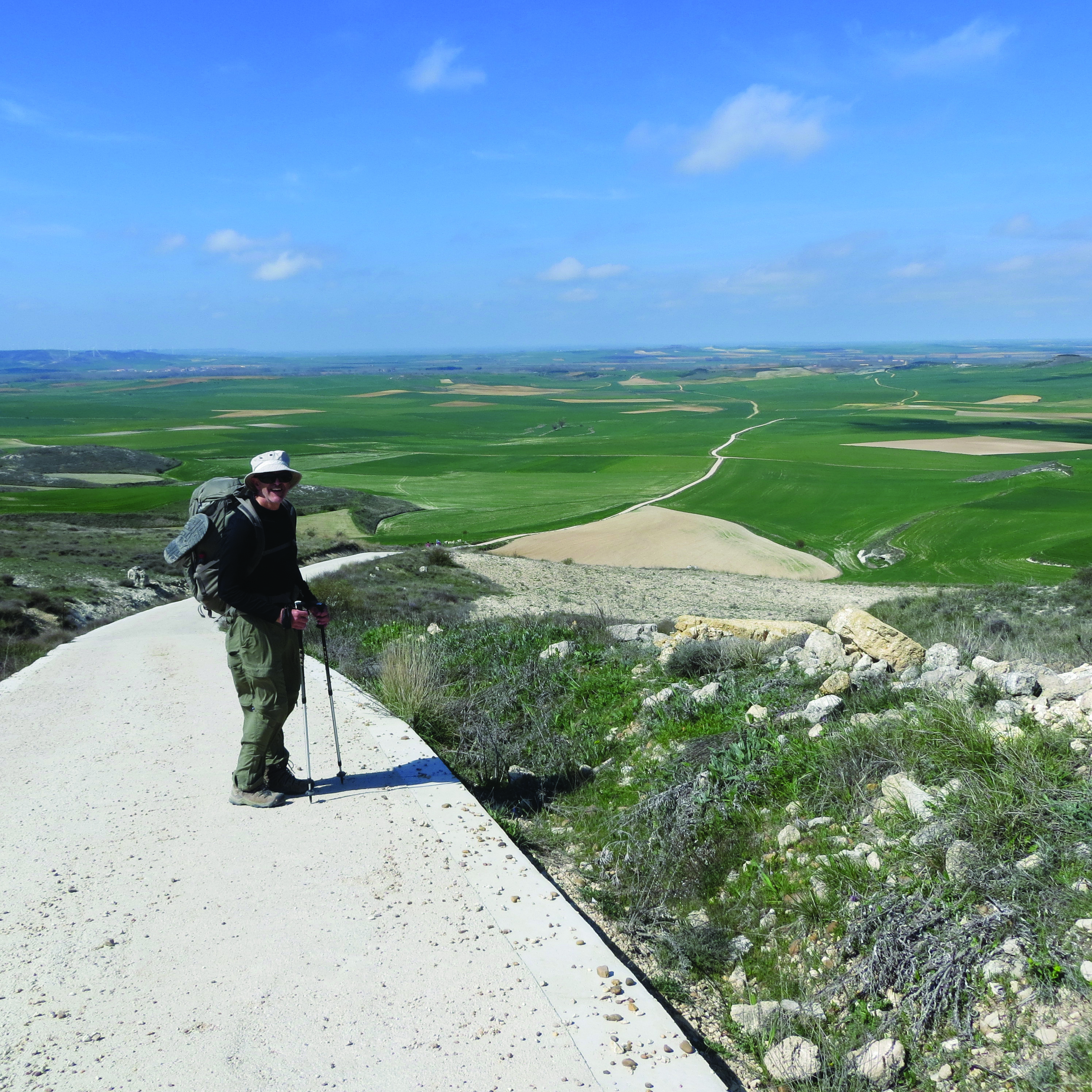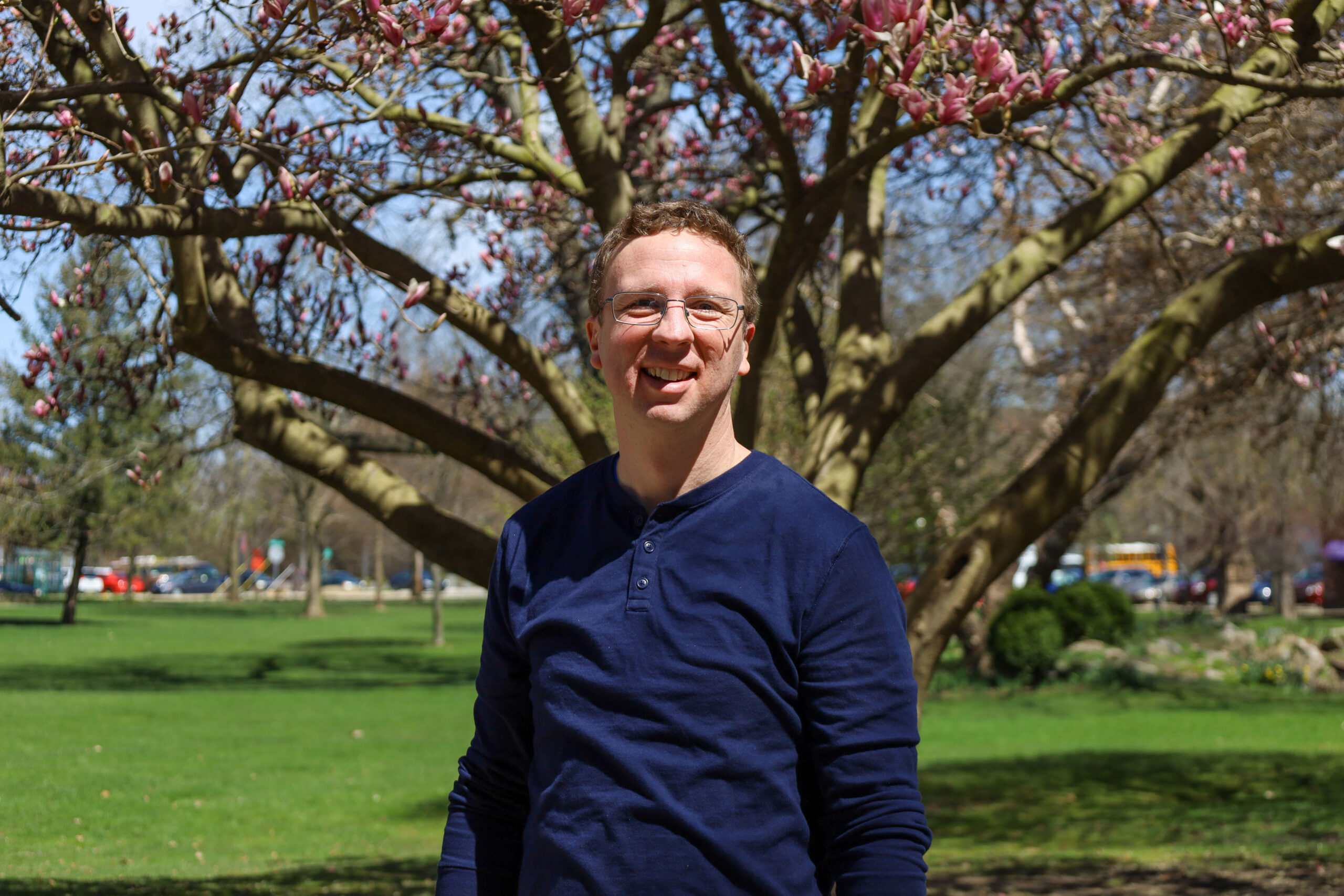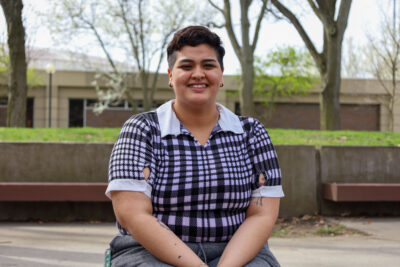What do I have in common with Charlemagne, Napoleon, St. Francis of Assisi, and countless others over the past 1200 years? We all walked a pilgrimage across northern Spain to the supposed tomb of St. James the Apostle. Specifically we walked El Camino de Santiago, a 500 mile journey that for me began on April 3 in the small French hamlet of San Jean Pied de Port and ended on May 8 at the tomb of St. James in the Cathedral of Santiago de Compostela, a city in the far northwestern corner of Spain. While I had been considering making this pilgrimage for the past several years, it was difficult to find five weeks of my life which I could devote simply to walking. A sabbatical last semester from Goshen College afforded me this wonderful opportunity. While the idea of pilgrimage is not so common to Christians in the US Midwest, it is common in many Christian circles and among many religions of the world. For me, it became a profound experience that I do not want to forget.
While doing research last semester at La escuela de los estudios árabes in Granada, Spain, I discovered that this pilgrimage route originated in the early 900s as a direct result of the Muslim population living in and controlling, for nearly 800 years, most of what is today modern Spain and Portugal. As Christians slowly began to reclaim their lost land, the battle lines continually shifted back and forth between northern Spain, controlled by Christians and southern Spain controlled by Muslims from North Africa. Faithful Christians from across Europe and as far away as western Russia began walking the pilgrimage to show homage to St. James. These original travelers wanted to support the Christians in Spain and to regain this territory for their Christian kings. Many pilgrims after reaching St. James’ tomb, rather than returning to their homelands, stayed in Spain and began populating their newly won “Christian land”. Most of the villages and towns I walked through had an imposing cathedral, some built atop the minaret of a former Mosque and dating back to the tenth, eleventh and twelfth century.I experienced a range of emotions my first days of walking, as I could easily imagine pilgrims from 12 centuries ago, walking the same paths that I was now walking. However, what remains so powerful for me now is not the history of the Camino, but what can happen when we are allowed to leave behind the harried life of modern living and just walk, simply putting one foot ahead of the other, all day, day after day. I found uncluttered, unhurried time to be a genuine gift. It was therapeutic to have time, real time, to think, to pray, even occasionally, and if no one was in sight, to sing. Over the five weeks of walking the Camino, I came to experience in an intimate way all that surrounded me – the ever-changing vistas of the Spanish landscape, the sounds of my own rhythmic breathing, the crunch of stones underfoot, the distant call of the cuckoo bird, the pungent smell of cattle and sheep manure and the whisper of the wind across the endless expanse of prairie. I also can’t put out of mind the multitude of like-minded people from across the globe and from all strata of life that I met during the day while walking or at night in the pilgrim inns or around the table each evening as we shared a pilgrim meal. Each person had a reason for walking; some were very religious while others had no faith at all, yet each had a story. Some carried a private burden, which they chose not to share. Whatever the reasons that brought us together, to that particular stretch of Spain, at that point in time, it was a holy experience and one that will remain with me for life.
“But I would walk 500 miles, and I would walk 500 more…” just to experience again the contentment, the peace and the camaraderie of the Camino.



